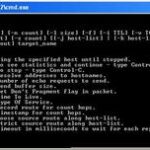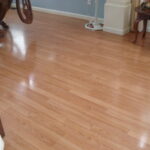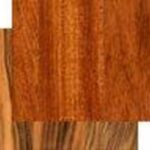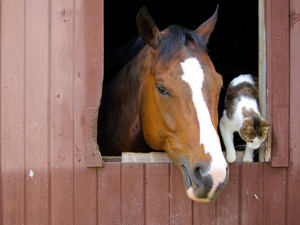Ping. Zip, zip – a blue ball whips by at speeds over 100 mph, bouncing on whitened walls and hardwood floors. This is racquetball: a fast-paced, exciting sport. For the recreational weekend-warrior or the seasoned professional, racquetball is an enjoyable activity for people of all ages. However, although learning the fundamentals of racquetball can take a day, learning to properly play the game can take years. Ultimately, racquetball is about strategy. Rounds are won and lost by accurate hits, powerful slams and well-placed serves. Choosing the right type of serve is an essential skill in developing into an acclaimed racquetball player.
Serves are either offensive or defensive. As players are allowed one fault (a short serve, long serve, or three-wall serve), most players use offensive serves on their first attempt, and may retreat to a more reliable defensive serve on their second.
Offensive
1. Pass Court Drive
The most common offensive serve is the pass-court drive, where the server slams the ball low and fast, and it zings in front of the server on its returning journey. The ball is directed towards a corner and should bounce twice before reaching a wall.
2. Cross Court Drive
A cross-court serve, somewhat more difficult, occurs when the shot is aimed so the ball flies behind the server as it rebounds. It should also bounce twice before hitting any walls. Both drives are only successful if the ball flies fast and quick – a soft drive merely sets up the returner for a deadly kill shot.
3. Pinch Drive
A variation of the drive serve is a pinch hit, where the ball rebounds slightly higher so that it lands directly in the space between the side wall and the floor. This reduces speed and can give the ball a strange spin, giving the opposing player little opportunity to return it.
4. Crack Serve
An offensive serve similar to a pinch, though quite unreliable, is the crack serve. A crack serve sends a low, swift ball into one bounce and then into the sidewall and floor corner, where should lose its speed, bounce out, and “die.”
5. Z-ball Jam
Jam serves take advantage of ball spin and unfrequented playing space to create difficult shots. The most common jam serve is called the z-ball serve. The ball should strike the front wall, then the side wall, and then bounce once before careening towards the opposite corner. Depending on the speed and spin of the ball, the ball may bounce parallel to the back wall after striking the side wall following the first bounce. If a player does not return the serve after the first bounce, it can be very difficult to retrieve the second.
6. Straight Jam
A less common jam serve is a straight pass-court shot. The server stands directly in front of the returner, then hits a low pass-court shot almost directly in front of him, being careful to leave enough room for the ball to pass him by. The ball should head directly towards the returning player, causing the returner to hastily adjust his/her position to compensate.
Defensive
1. Plain Lob
If a server faults after the first serve, he will generally choose a defensive serve. Most defensive serves are lob serves. A plain lob serve simply arcs the ball into a deep corner, being careful to not strike the ceiling or the back wall. If the ball falls short, it sets the returner up for an easy kill shot, but a well-placed lob forces a returner to make a defensive shot, allowing the server a better opportunity to return offensively.
2. Junk Lob
A junk (aka “half) lob serve is a cross between a pinch drive and a plain lob – it lobs the ball right next to a side wall. This is a difficult lob and is very easy to return if not properly executed.
With practice and dedication, anyone can master these eight serves. So pick up a racquet, grab a ball and play.
www.wikipedia.org, 2010
www.usar.org, 2009






